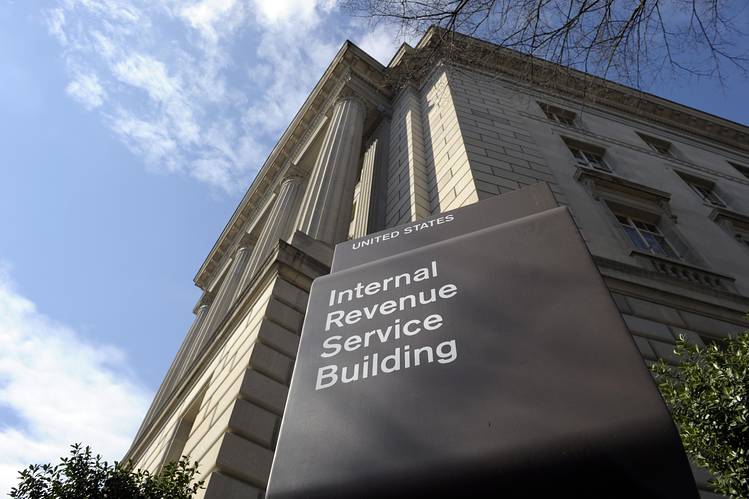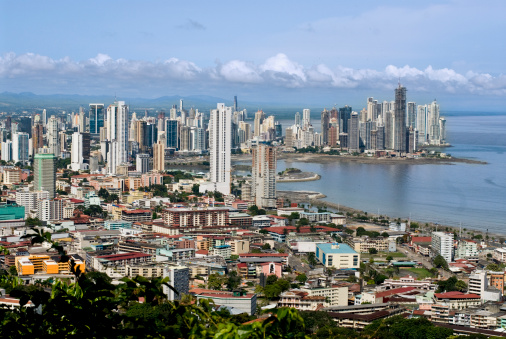How to Finance Real Estate Overseas
To finance real estate overseas you must jump through all kinds of hoops and apply to multiple lenders in hopes of getting a decent rate. Compared to applying for a mortgage in the U.S., the battle to finance real estate overseas can seem confusing at best and silly at worst.
First, lets talk about why it’s so challenging for us to finance real estate overseas. When you’re an American investing in a foreign land, you have two strikes against you. We’re persona non grata in many countries around the world. The U.S. IRS has made it nearly impossible for us to open bank, brokerage, or escrow account. All institutions and firms that handle money are wary and weary of doing business with Americans.
And, we rarely have significant ties to the country where we want to purchase property. We have no credit history, nothing for a bank to latch on to if we default, and are as such considered a high credit risk. The only asset the lender is likely to have access to is the property.
Financing real estate overseas is like borrowing in the U.S. with a zero credit score and on a nonrecourse loan. If you are lucky enough to find a bank and escrow agent willing to take on American clients, the due diligence will be stringent and the interest rate high.
How high you ask? In most parts of Latin America, you’re looking at 6% to 12%, with the average being closer to 10%. And that’s the rate you might expect on a 50% loan to value. If you want to borrow 75% of the value of the property, that last quarter of the purchase price might cost you 20% or more.
Still Want to Finance Real Estate Overseas?
Ok, I bet many stopped reading a while back. Those of you still with me probably have had some experience offshore and knew going in that it can be expensive to finance real estate overseas. Here is what you’ve been waiting for. Some of these ideas are obvious, and some require a bit more planning.
- Pull equity from your U.S. home. Your most friendly partner will always be your U.S. real estate. You might get a second mortgage at 2.8% APR, just a fraction of what you will pay overseas. If you have equity in your home, this might be your first best hope to buy real estate overseas. Of course, the days of no document loans are gone, but this is still a viable option for many.
- Some banks lend to Americans no matter where the property is located. There are a few U.S. banks, and even fewer offshore banks, that will lend to Americans investing overseas. The international bank I recommend is Caye Bank in Belize. They offer financing for overseas real estate in a number of markets.
Another bank that finances offshore real estate, and is just a bit bigger than Caye, is HSBC. Their international division will lend against real estate in many countries, especially in Asia. Click here for more information on the international division of HSBC.
- Use a private lender to finance your overseas dreams. There are private or hard money lenders focused on overseas real estate. If you’ve opened an offshore company, have a foreign trustee for your asset protection trust, or have a relationship with an offshore bank, ask about private financing. You’ll be surprised how many lenders want to diversify into these markets.
Please note that this is for information purposes only. Premier Offshore is not a lender nor do we provide introductions to lenders.
- Negotiate with the seller. Seller financed real estate is rare in the U.S. but common offshore. Because credit ratings and the MLS system are nonexistent in most countries, mortgages are hard to come by for foreigners and locals alike. For this reason, seller financing is common.
Seller financed overseas real estate might mean you are paying the owner directly, in a rent-to-own situation, or taking over the existing mortgage with the original owner as co-signor. If you pay off the debt, the property reverts to you. If you default, the seller steps in and makes payments, taking back the home.
- Developer or builder financing on new overseas real estate. Just about every major new development, including condos, single family homes, and resort investments, offer financing. Many of these options are funded by the builder and offer better terms than local banks. They want you to buy in to their project so they’ve worked the market to offer the most competitive rates available.
One of my favorite developers is ECI. They have great financing options along with unique projects in some cool areas. For more information, see ECI Development.
- Buy offshore real estate in your IRA. Yes, you can buy overseas real estate in your U.S. retirement account. The most efficient way to do this is to form an offshore IRA LLC or Foundation (if buying in Panama), transferring your retirement account into that entity, and then making the investment.
More on Overseas Real Estate in Your IRA
And here is some good news. You don’t need to report offshore bank accounts or investments to the IRS if they are within your retirement account. IRA investments are exempt from FBAR, Form 5471, and related offshore reporting requirements. You need only inform your U.S. custodian of their value at the end of they year and he or she will handle any filings.
Of course, there are rules for buying overseas real estate in your retirement account.
First, you can’t live in the property…even for one day. It must be an investment or rental property. You can’t rent it from your IRA and may not have any personal gain from the property. All benefit are to accrue to the IRA and not you personally.
Second, if you borrow money to buy the property, you can’t pledge your IRA assets, or sign a personal guarantee, to secure the loan. That is to say, if you buy overseas real estate in your retirement account with a mortgage, you must use an unsecured loan…a mortgage backed only by the property. Such arrangements are more common overseas than they are in the U.S. and typically mean you won’t get more than a 50% LTV.
Also, if you use a mortgage, you might benefit from an advanced structure called a UBIT Blocker. See: Eliminate UBIT in Your IRA by Investing Offshore.
To peruse my various articles on buying foreign real estate in your IRA, or the tax consequences of investing in overseas real estate, please click here.
Please note that we at Premier Offshore do not offer loans. Since the posting of this article, it has become very difficult to get loans outside of the Untied States. If you would like to finance property in Belize, Costa Rica, Panama, or Nicaragua, I suggest you contact Caye Bank in Belize. This is the only lender we are working with in 2016.




















